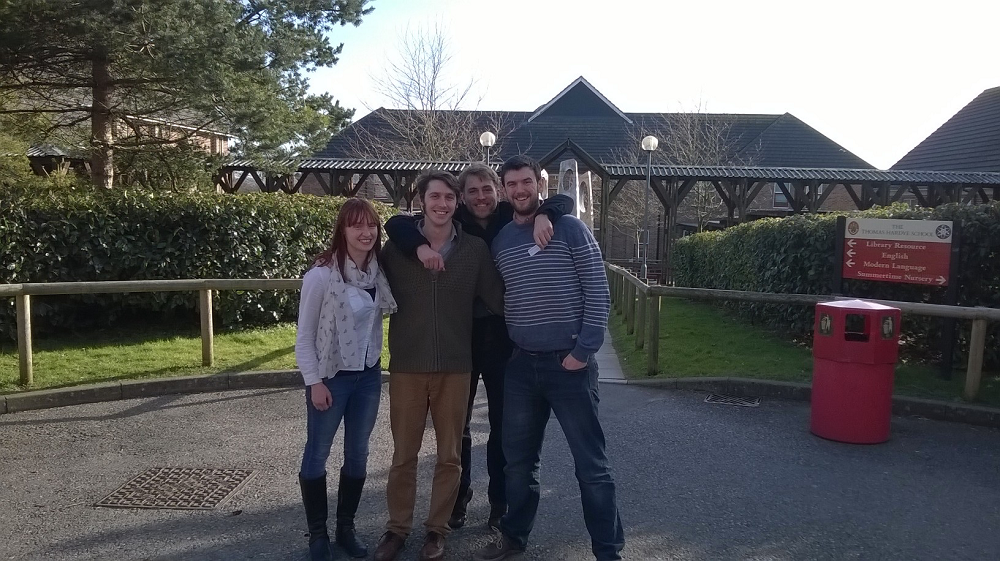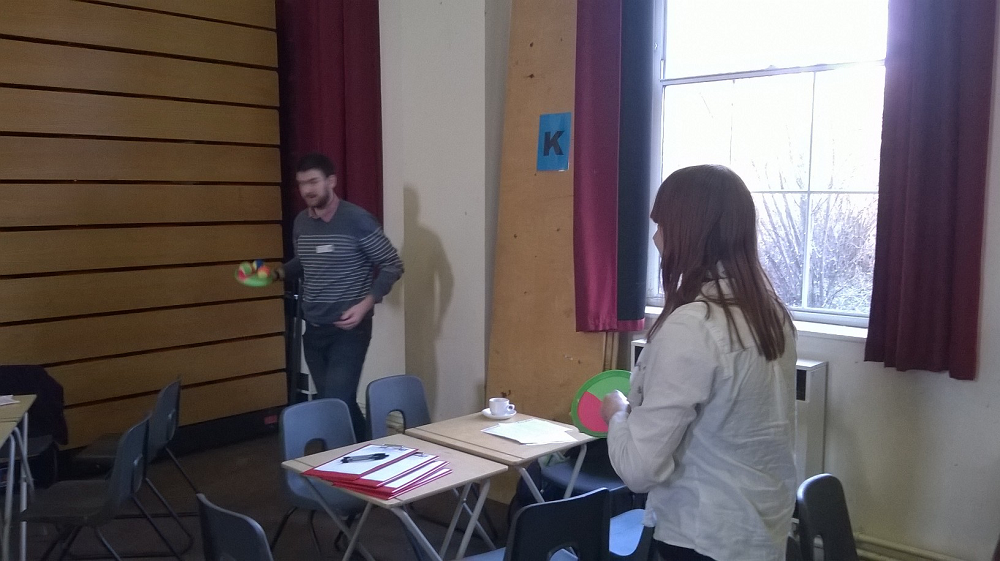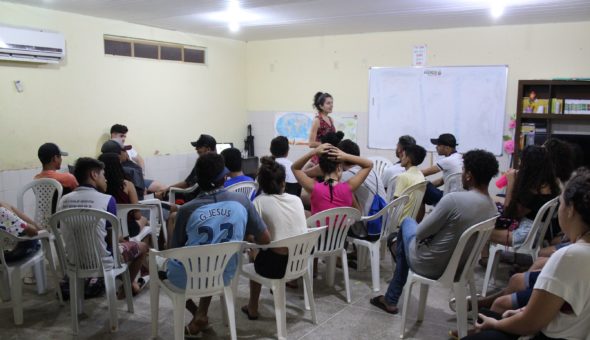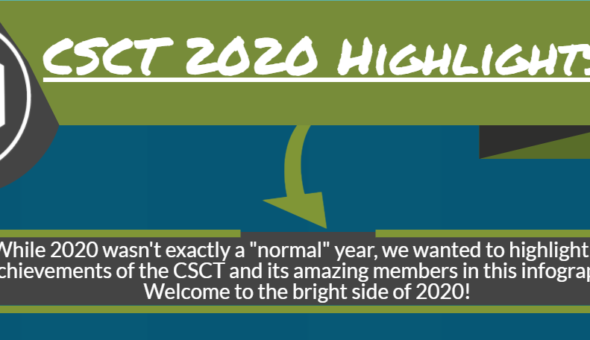Four of our students, Jemma Rowlandson, Jon Chouler, Jon Wagner and Leighton Holyfield, attended the ‘Meet the Engineer’ event, at the Thomas Hardye School in Dorchester. The event takes place every two years and is aimed at Years 8 – 10 (ages 12 – 15) to give the students the opportunity to meet and interview engineers in small groups to find out more about what they do, how they got where they are, and what they do outside of engineering. This post was contributed by Jon Wagner.

Before the event, each of us was asked to fill out a ‘Meet the Engineer’ form, providing details not only about our career to date and our day-to-day job, but also what inspired us to take up engineering in the first place and what we do with our free time. Filling in this form was a good way to remind ourselves why we are doing what we are doing, and it was interesting to think about our favourite engineer of all time. Thankfully, the excellent ‘Chemical engineers who changed the world’ series, published a few years ago by the IChemE in their ‘tce today’ magazine helped us in our decision. I chose Carl Bosch, who not only helped to revolutionize modern agriculture through his scale up of the Haber process, enabling large-scale production of fertilizer, but also was a pioneer in process safety.
The event itself took part in the school’s main hall; where separate tables had been laid out for each engineer to meet up to five students at a time, speed dating style. We then had eight minutes to talk to the students, before they moved onto the next table. Over the course of a one-hour lesson, each group of students would see five different engineers, and afterwards were asked to think about the way their perception of engineering had changed during this time. They were also asked to provide feedback on their favourite exhibit and whether the event had changed their minds about a potential career in the STEM subjects.
To start the discussion with the students we were asked to prepare a small icebreaker that would help to explain our work. I decided to go for an activity where students were asked to assign advantages and disadvantages to different ways to power cars, to demonstrate some of the trade-offs that chemical engineers have to make in their day-to-day work. The largest number of disadvantages was generally attributed to fossil fuels, and I asked them to think about the reasons for continuing to rely so heavily on this resource.

Despite strong competition from somewhat more professional exhibits, such as 3D printers or remote controlled quadcopters, there was a good level of participation from the students, and they displayed a great awareness of the challenges facing our society. The students appeared eager to learn about engineers and the profession, and many fed back at the end of the day saying they had been persuaded to give greater consideration to a potential career in engineering.
After a long day of speaking to more than 100 students each, we were happy to be able to rest our failing voices. Nevertheless, the day was a great opportunity to speak about our work and excite young minds about the prospects of engineering. In the words of the event organizer Judith Warslaw, we “really made a difference and were very popular”. On our way back, we all agreed that we would enjoy participating in similar events in the future and already started discussing potential improvements to our activities.
Respond


